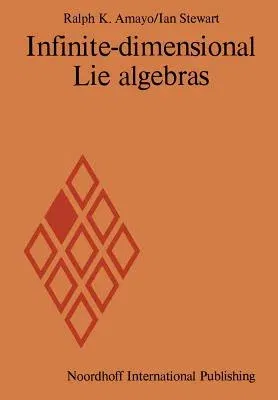R K Amayo
(Author)Infinite-Dimensional Lie Algebras (Softcover Reprint of the Original 1st 1974)Paperback - Softcover Reprint of the Original 1st 1974, 9 December 2011

Qty
1
Turbo
Ships in 2 - 3 days
In Stock
Free Delivery
Cash on Delivery
15 Days
Free Returns
Secure Checkout
Print Length
436 pages
Language
English
Publisher
Springer
Date Published
9 Dec 2011
ISBN-10
9401023077
ISBN-13
9789401023078
Description
Product Details
Authors:
Book Edition:
Softcover Reprint of the Original 1st 1974
Book Format:
Paperback
Country of Origin:
NL
Date Published:
9 December 2011
Dimensions:
24.41 x
16.99 x
2.26 cm
ISBN-10:
9401023077
ISBN-13:
9789401023078
Language:
English
Location:
Dordrecht
Pages:
436
Publisher:
Weight:
694 gm

